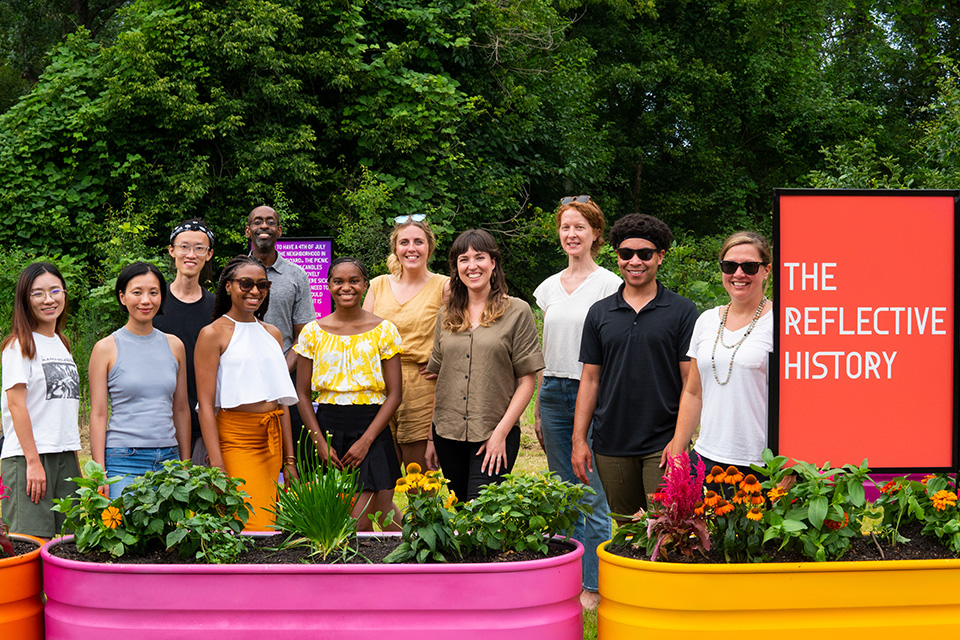Throughlines
Amplifying Community Voices
 Rochester Heights, Raleigh, NC - Photo by Corey Dodd, 2021.
Rochester Heights, Raleigh, NC - Photo by Corey Dodd, 2021.
The present cultural moment mirrors that of the 1960s and 1970s in many ways, especially in the renewed call for greater public participation in the systems that shape our society. It is imperative for community voices to form an essential foundation of design, community planning, and related initiatives. While people of color historically have been deprived of agency in governance, there is a long tradition of community-based organizations, including the National Urban League and the Poor People’s Campaign, providing coordinated advocacy against unjust policies, especially those affecting the built environment. In the 1960s, bottom-up, rather than top-down, community engagement processes and strategies began to transform the landscape architecture discipline, led by landscape and community planning pioneers including Lawrence Halprin, Randy Hester, and Paul Friedberg; design methodologies were also influenced during this period by the spatial and behavioral observations and analyses pioneered by the urban theorist William “Holly” Whyte. By understanding and leveraging the expertise of residents and community-based groups, and inviting broader participation in design workshops, landscape architects engaged community members to influence community-based, site-specific solutions. Hands-on planning, which amplified community voices, produced results that were responsive to community assets, needs, and desires. Contemporary local groups, including the Nikwasi Initiative in Franklin, North Carolina; Walnut Way Conservation Corps in Milwaukee, Wisconsin; and Partners for Environmental Justice in Raleigh, North Carolina, continue the tradition of mobilizing community members to exercise control over their shared spaces and experiences.